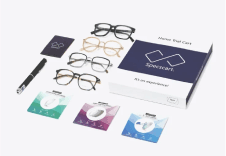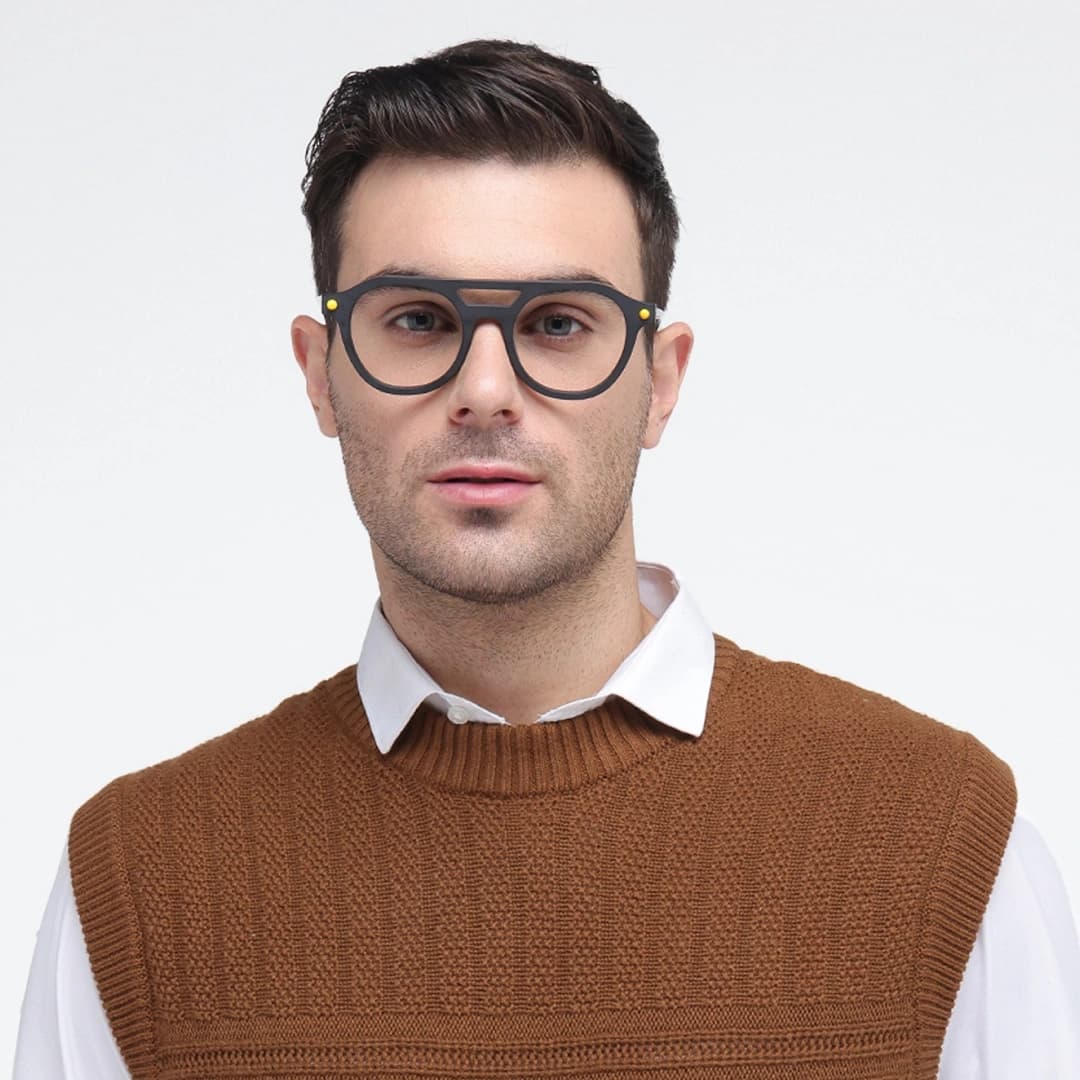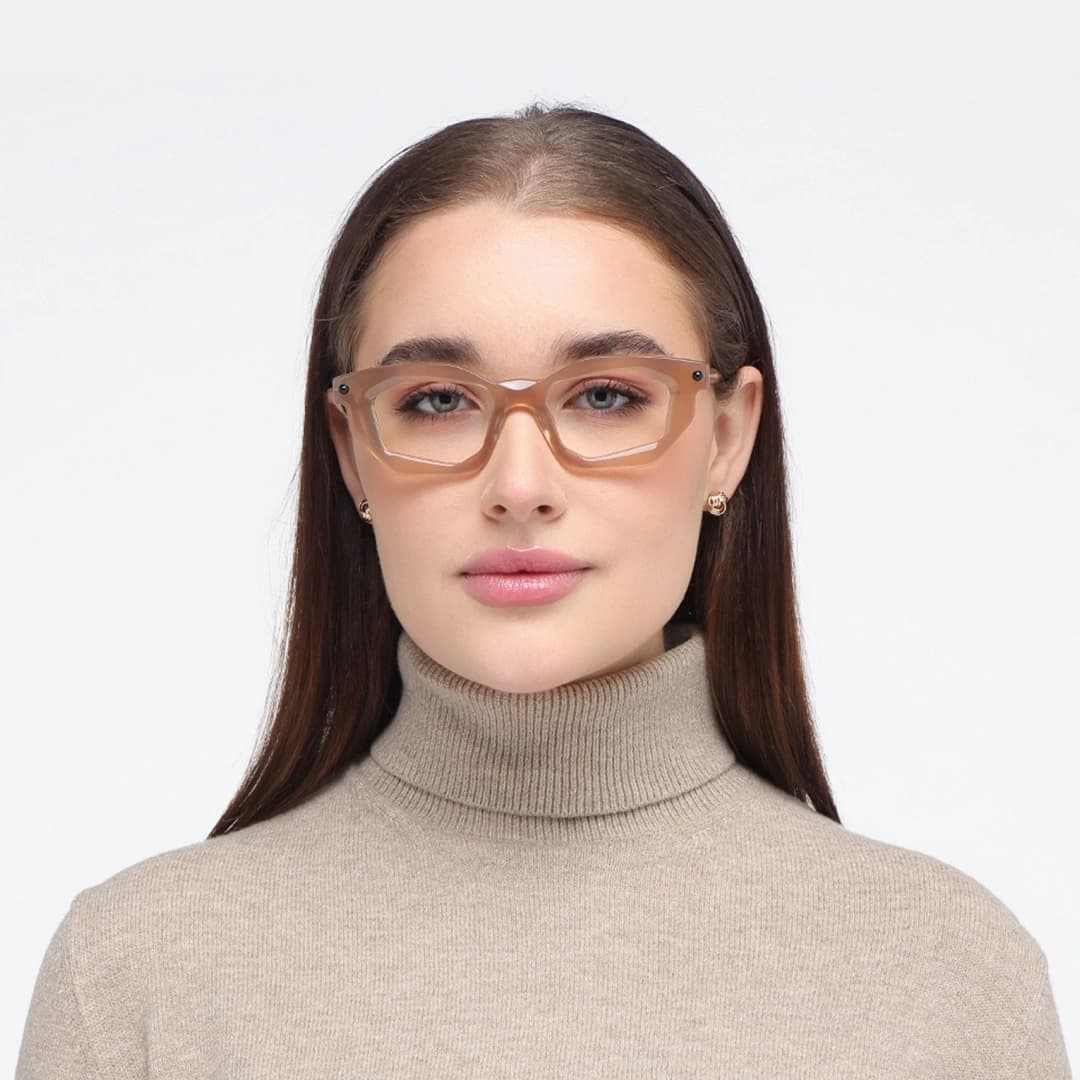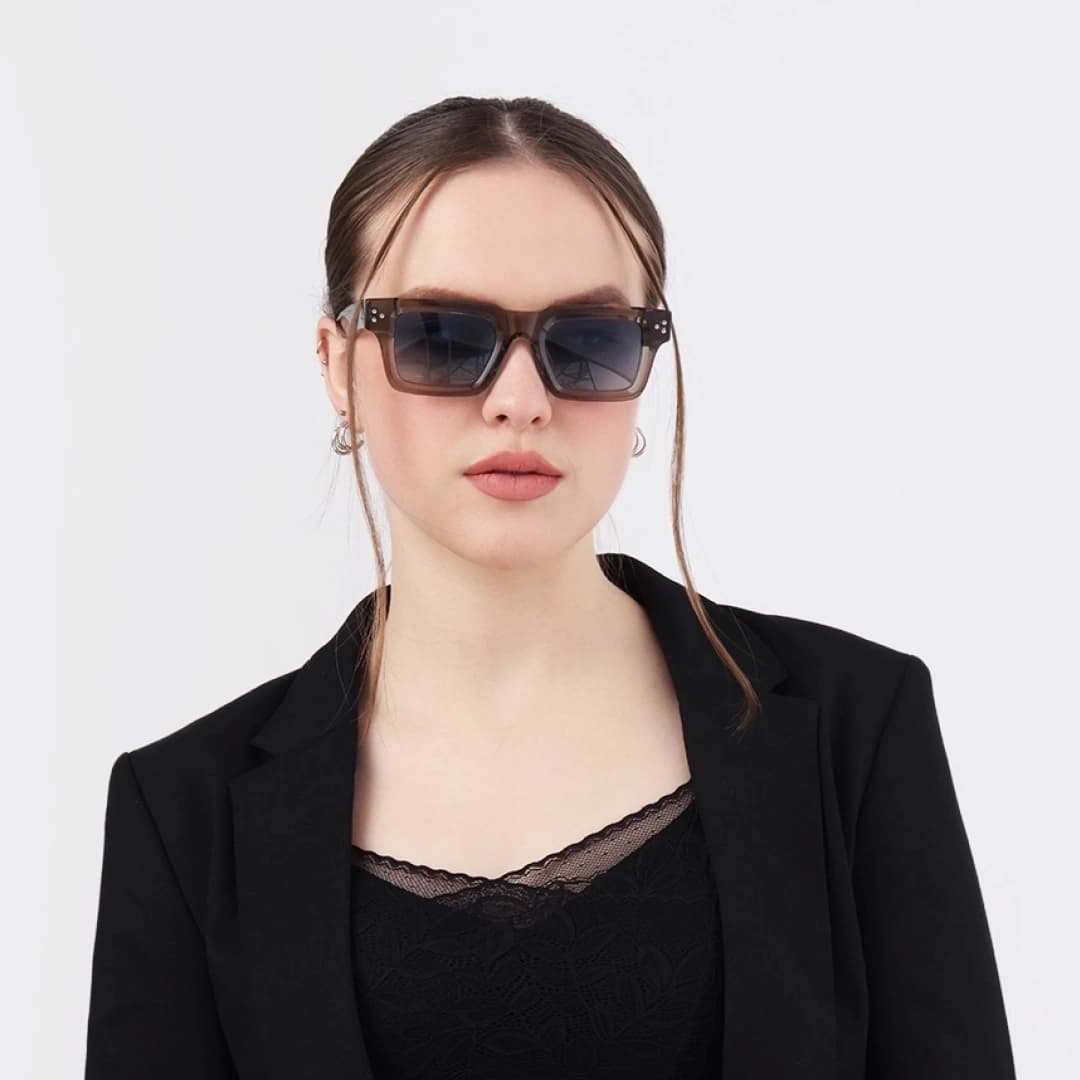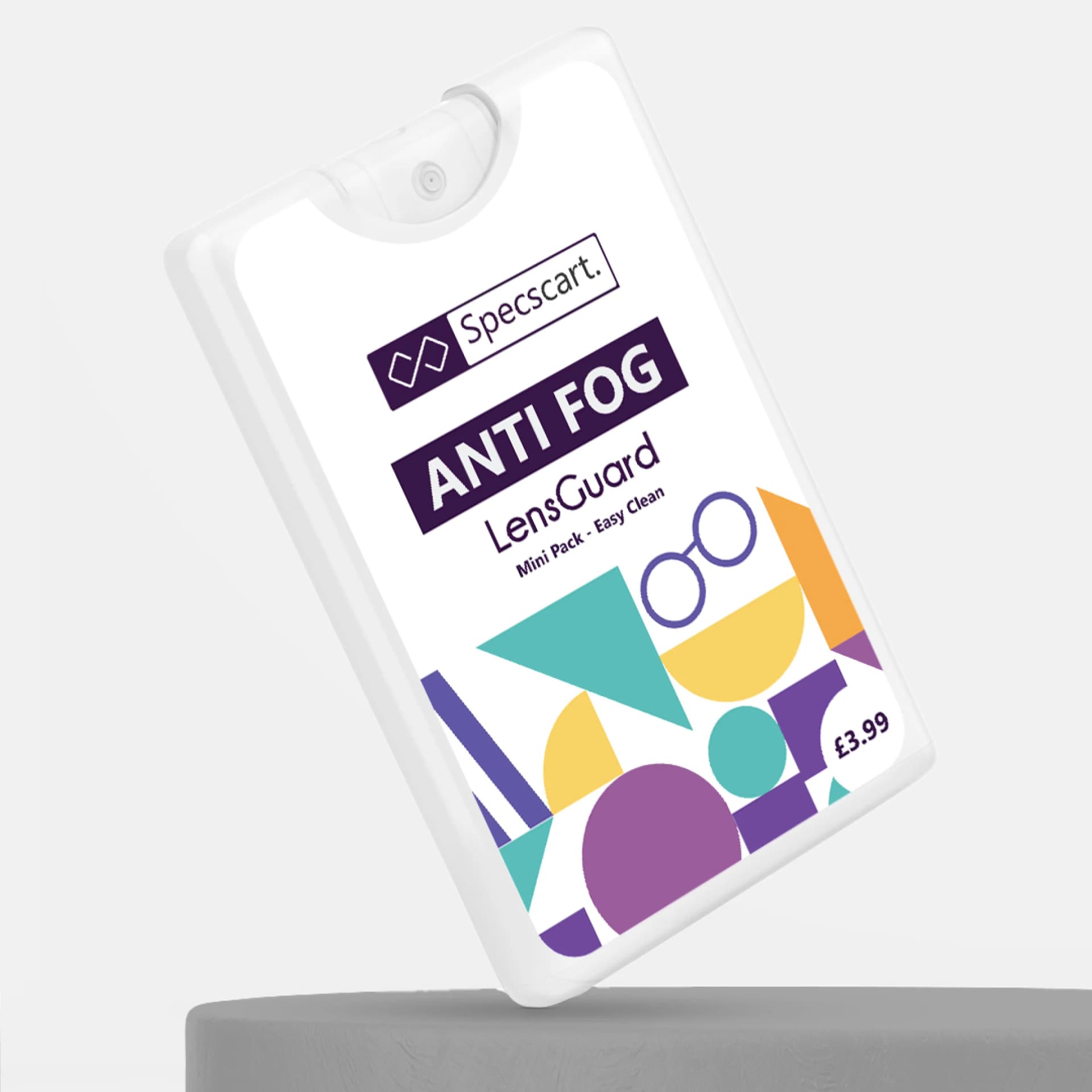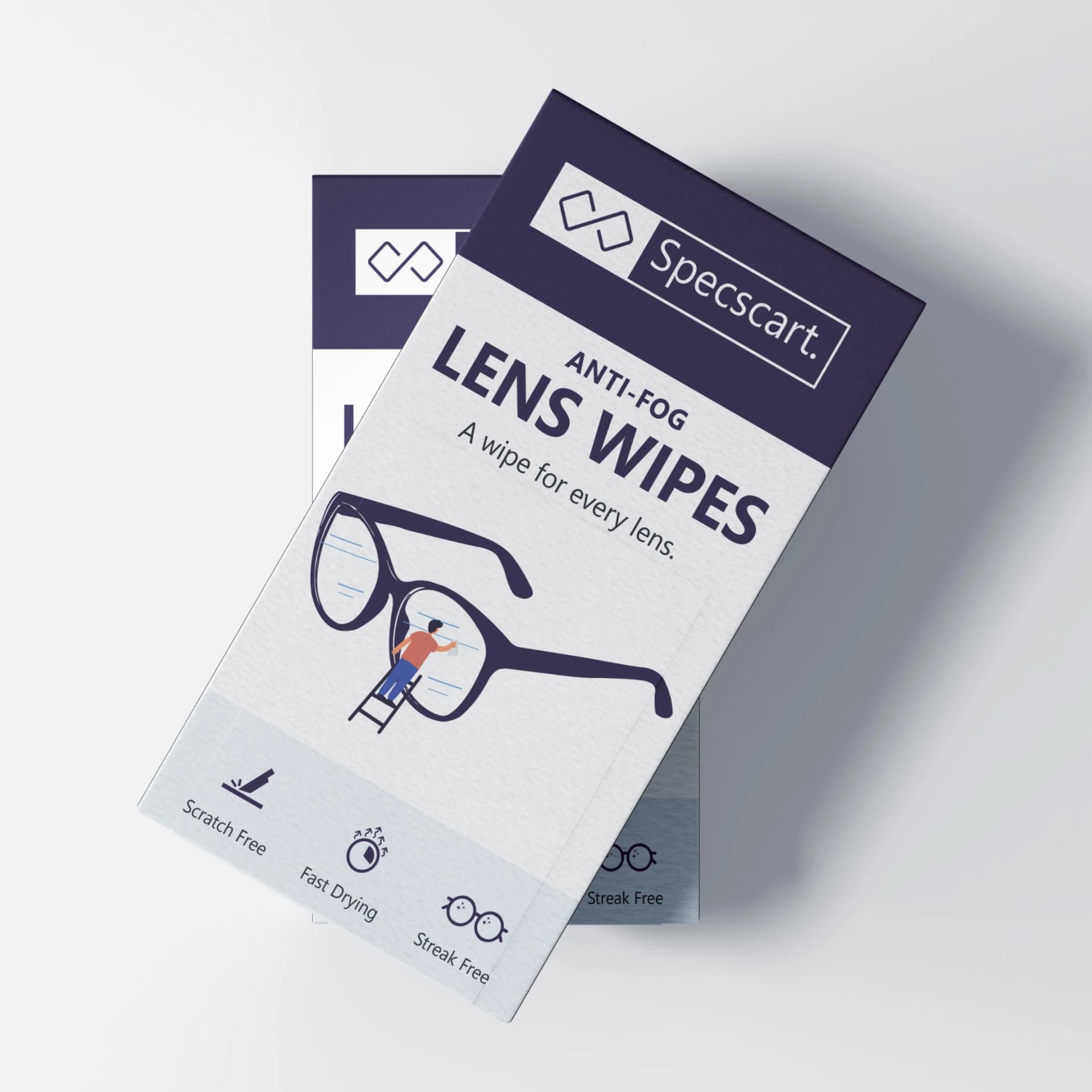Acetate vs Plastic: What Frame Material is Good for Your Glasses?

Content Manager
Over the last few years, consumers have become extremely conscious not just about the food they eat but also what they buy and wear. There has been a global effort towards creating a cleaner and sustainable environment. Naturally, the future of fashion is leaning towards sustainability too. This evolution took no time to spread over the gigantic eyewear industry, where plastic has long been the dominant material.
Considering the popularity of glasses as one of the most fashion-forward accessories, the focus on making them more sustainable is essential. The best way possible is to ensure that the material of the frame, which comprises 70% of your glasses, comes from sustainable sources. Today, we will discuss the most common materials used in the eyewear industry: acetate and plastic. And why are acetate glasses far better than plastic?
What are Acetate Frames?

Acetate is plant-based cellulose derived from natural sources of cotton or wood chips. Made from natural ingredients, these eyeglasses are extremely lightweight and comfortable to wear. Acetate is also biodegradable and hypoallergenic, which makes it suitable for all skin types without causing any problems.
These eyewear frames are not only rigid and durable but also flexible. Made from plant-based cellulose, it appears transparent and lustrous from both sides. Due to rich colour pay-off, they stay durable and intact for a long time.
What are Plastic Frames?

These frames are made of plastic that is generated from petroleum. Plastic frame production is an effortless process since all of them are created through injection moulding by machine. The process involves heating the plastic until liquefaction, after which it is placed into a mould. When it cools down, the plastic frame is composed.
It does not take an immense amount of time to produce and is available at a very cheap rate to the consumers. Plastic frames don’t possess a naturally rich colour, hence, it is painted. However, with constant use, the colour starts wearing off.
How are Acetate Glasses Better?
Before deciding on which frame you’d want to settle on, here’s why acetate glasses are an optimal option to choose.
Durable: Acetate glasses are composed of plant-based cellulose, which is known for its long-lasting durability. Acetate glasses are also more resistant to pressure placed upon them since their nature is flexible; they bend easily without breaking.
Environmental impact: Our acetate glasses are made from semi-synthetic material, which means that their base material comes from plants (pulp from trees mostly). Hence, acetate glasses are completely biodegradable and ethical to use. Bio-acetate is always a better option than plastic, which takes hundreds of years to degrade.
Hypoallergenic material: As they are made from natural ingredients, they are great to use. They won’t cause any discomfort or allergies on your skin. Therefore, they are good for both the environment and the skin.
Lightweight & Flexible: If you wear prescription glasses all day long, then you might need something comfortable and lightweight. Well, acetate material is extremely lightweight, and you can wear it all day long without any discomfort. Also, when heat and pressure are added to the acetate frame, the cellulose fibres bend, making them more flexible to wear than plastic glasses.
Final Thoughts
With our above discussion, it is safe to say that acetate glasses are sustainable, composed of visually rich colours and durable companions for the long run. If you are interested in getting an acetate frame for your glasses, then you can explore our range of premium acetate frames. You will get free lenses with anti-glare, anti-UV, anti-scratch and impact–resistant coatings.
Caution: You may become style obsessed
Your way finder
2000+ Trendy Styles

Fashion Forward Sunnies





























